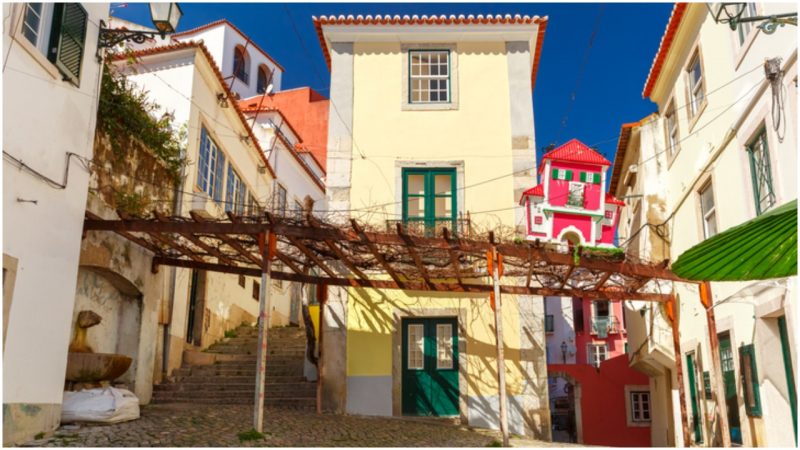To know Lisbon, its vibrant colors, its zesty smells, its narrow cobbled streets surrounded by azure tiles that adorn tall buildings, its generous bloodstream of tangled stairways that lure you into losing yourself amidst the syrupy-sweet Portuguese chatter and fado melodies–you simply must go to this Portuguese city.
The second best way to get acquainted with such a European jewel is to allow us to introduce you to one of its oldest, most charming neighborhoods, Alfama, widely described as the heart and soul of Lisbon.
A feast for the eyes, Alfama is the oldest district in this city. The origin of the name “Alfama” can be traced in “al-hamma,” the Arabic word for baths or fountains, referring to the thermal springs in the area and the apparent Moorish influence, from the year 711 onward, reflected in the tall whitewashed houses that trim the steep tangle of streets.
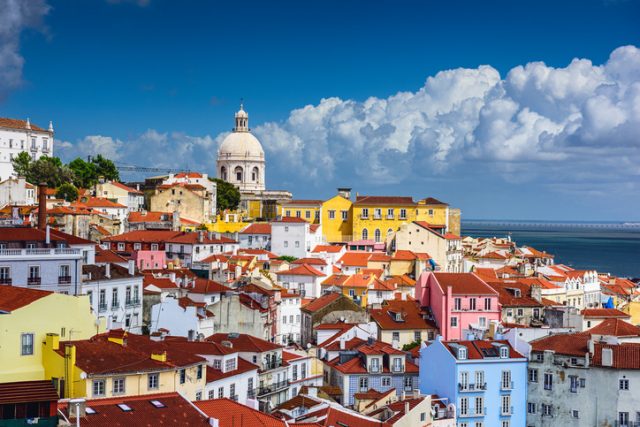
Historically speaking, this colorful sailors’ district is the core where the rest of the city began. It was inhabited by the Romans and later became the center of the Visigoths; however, the Moors firmly secured their foothold here. The small community guards its picturesque and traditional appearance, preserving it as a relic from the period before the 1755 earthquake which destroyed almost every area of Lisbon except Alfama and two other must-see neighborhoods–Bairro Alto and Belem.
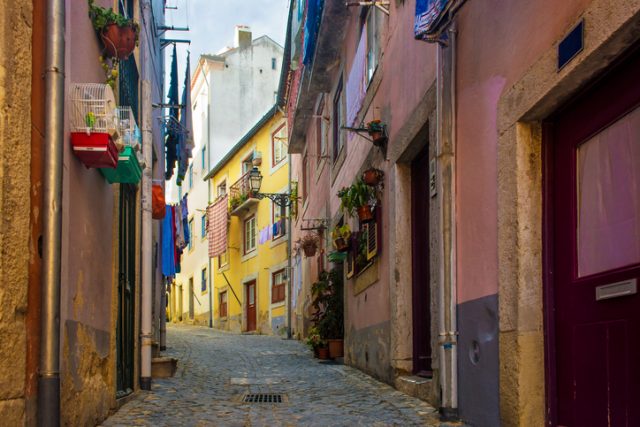
Walking around the streets of Alfama, you’ll find a new surprise around every corner, as brightly painted houses with endearing small shops, cafes, and eateries tingle your senses. In the many souvenir shops, one can find various travel memorabilia while the restaurants serve fresh seafood plates and mouth-watering pasteis de nata (custard cream tarts). The tall buildings are adorned with clotheslines and laundry hanging from the weathered, flowery balconies. It’s not hard to imagine them as necklaces falling down the neck of the old señora Alfama.

Alfama offers a slow pace of living, so you can take your time while wandering through the romantically shabby alleys. The locals are warm and welcoming; it’s not hard to meet a new friend or be invited for a glass of branco seco (a local dry wine). Zigzagging up the hill, one of the most appealing miradouros (viewpoints) appears–the Miradouro de Santa Luiza. Enjoy your vista over the dense Alfama rooftops or the Tagus River below. Reaching the top of the hill, you’ll find the remains of the São Jorge Castle and further enjoy the view of Portugal’s capital.
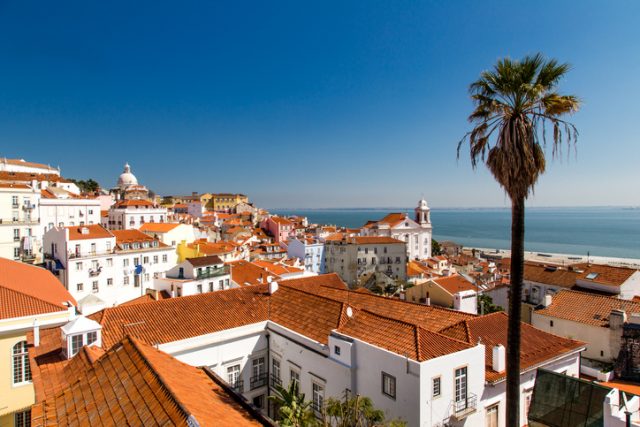
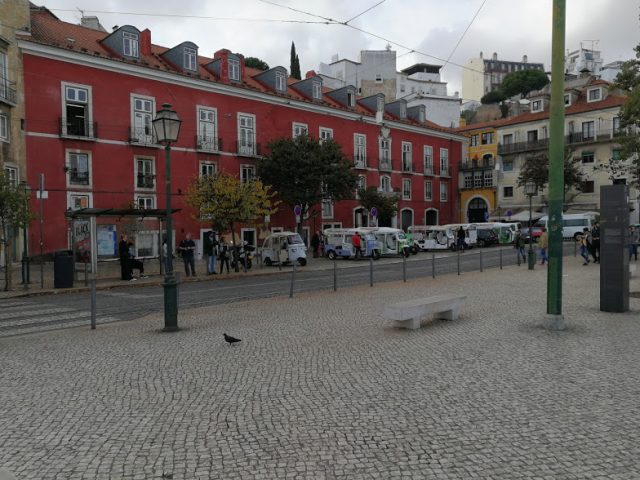
Besides being a real attraction by itself, the district is also dotted with a number of places where one can continue exploring Portugal’s history and tradition, such as the unique Tile Museum, the Museum of Portuguese Decorative Arts, the Fado Museum, the Roman Theater Museum, as well as the National Pantheon (or Church of Santa Engracia) and Monastery of Sao Vicente de Fora.
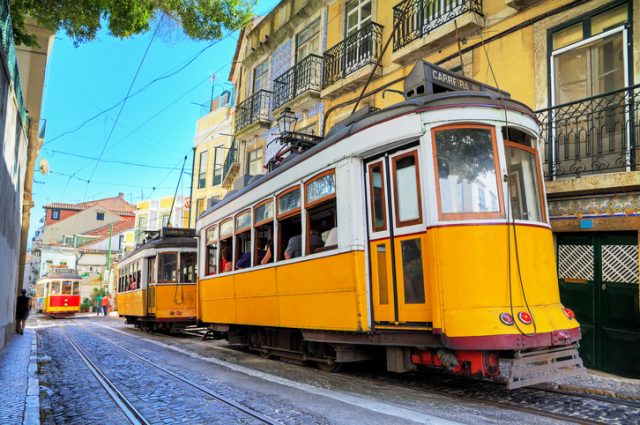
If you’re not much of a walker, try a ride in the famous number 28 yellow tram. This iconic tram, still the original model from the 1930s, has become Lisbon’s main symbol. Additionally, on Tuesdays and Saturdays, this wondrous neighborhood offers another memorable experience–shopping at the flea market Feira da Ladra. The market offers an eclectic fusion of objects, including original azulejo tiles.
Here is another story from us: The Lisbon Earthquake in 1755: natural disaster or God’s punishment?
At night, the action in Alfama is rekindled by the piercing sounds of the fado singers who perform in front of and inside the lovely eateries, known as Alfama’s fado houses. Fado music appeared in 19th century in Lisbon and it is believed to originate from the port districts of Mouraria, Bairo Alto, and Alfama, though there are a number of different theories concerning its origin. There’s no better place to feel the Portuguese “saudade” (a sense of longing) encrypted in every verse of the fado.
